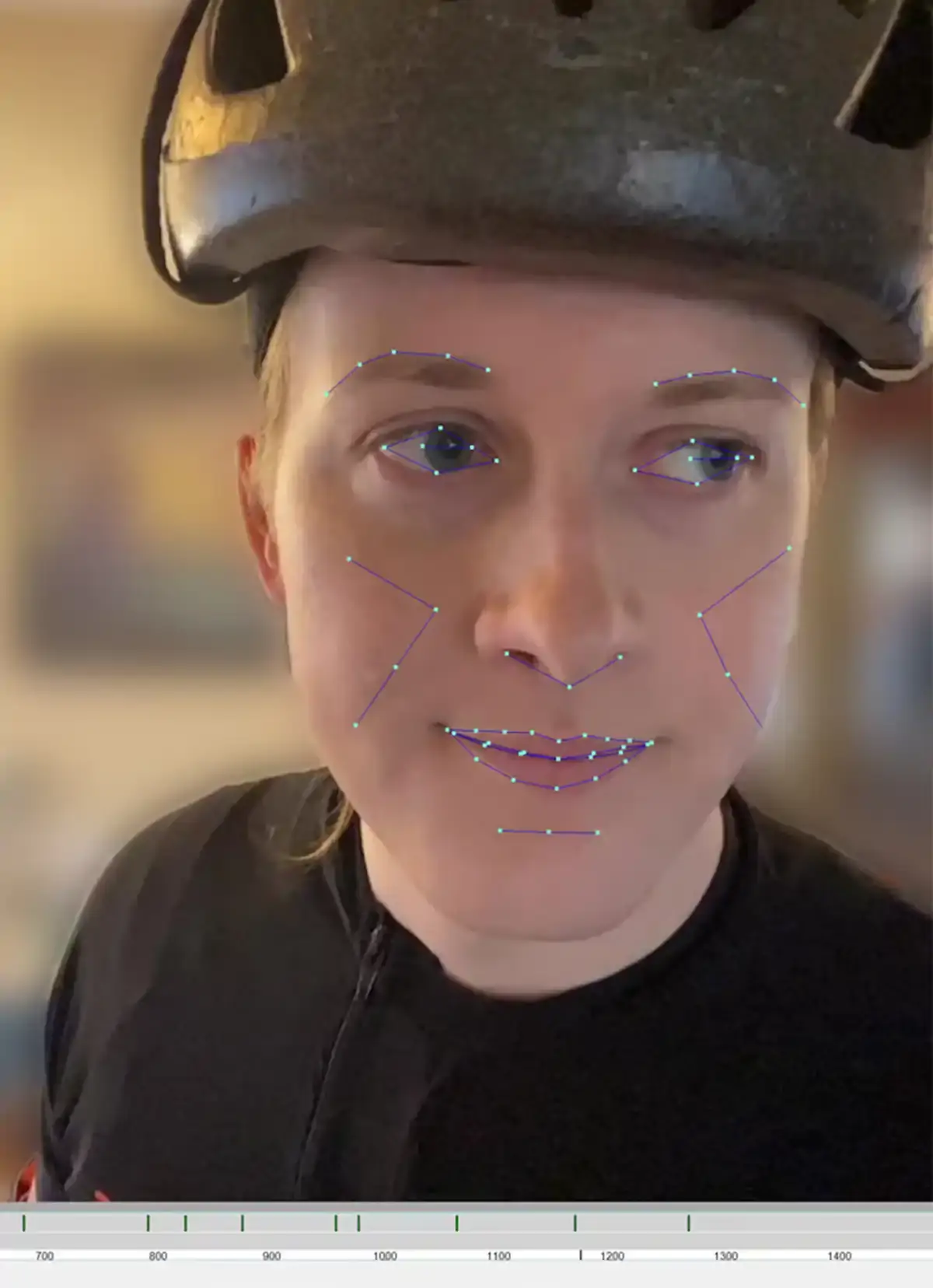With groundbreaking environmental storytelling, a gorgeously rendered steampunk world, and a record-setting 6 million copies sold, Cyan changed PC gaming forever with the 1993 release of its point-and-click classic, Myst. That adventure game and its equally celebrated 1997 sequel, Riven, dropped players onto mysterious puzzle-filled islands, tasking them to hunt down magical books with the power to link between worlds.
The same year Riven released, a young Autumn Palfenier found what would become her own magical link to new digital worlds through a piece of software called Klik & Play, a program that let kids design and edit their own simple PC games. “I spent a lot of time as a kid drawing, making comics and animation, and designing my own games in Klik & Play,” Palfenier says. “At some point I realized that people made games for a living, and from then on, I knew it was what I wanted to do.”
Klik & Play’s influence led Palfenier to DigiPen, where she graduated with a BFA in Digital Art and Animation in 2009. In 2021, with over a decade in the industry animating at Seattle-area studios like ArenaNet, Undead Labs, and Oculus VR, Palfeneir landed a job with the point-and-click masters themselves, Cyan, working as the studio’s animation lead. Since then, Palfenier has contributed to the studio’s 2021 Myst remake, their 2023 adventure game Firmament, and their brand new Riven remake, which released on PC and Mac in June to unanimous critical and player acclaim.

Palfenier quickly became an integral part of the “new era” of Cyan games, which was kicked off by the studio’s 2016 adventure, Obduction. “Pretty soon after [Myst], we began planning a new animation pipeline to support Cyan’s next games, Firmament and Riven,” Palfenier says. “I put together a pipeline, sourced the equipment and software, and began implementing Epic’s Metahuman [character creation tool] into our games.” The new pipeline made extensive use of the Xsens motion capture system for body animation, as well as a head-mounted iPhone camera processed through software called “Faceware” for facial motion capture.
Working remotely with the Spokane-area Cyan studio from her Seattle home during the pandemic, Palfenier’s new animation pipeline required her to add “actor” to her job description as well. “I was the mocap actor for the Mentor, the only character featured in Firmament. I shot the mocap in my home and did all of the animation cleanup for that project as well,” Palfenier says.
For its legion of fans, part of Myst and Riven’s winning charm was its use of “full-motion video,” or FMV, for the few human characters featured in the series. The 1990s-era technology deployed live, often low-resolution footage of real actors spliced into games in a time before 3D character design had achieved today’s level of hyperrealism. “We were very fortunate to have Riven’s original designers [Rand Miller and Richard Vander Wende] back and assuming the director roles,” Palfenier says of the Riven remake. “This allowed us to stay faithful to the original, while also trying to push it forward.”
With Riven’s original FMV performances being too low-resolution to use in the Unreal Engine 5 remake, Palfenier’s mocap approach managed to maintain the original’s actor-driven feel with its new 3D character cast. “For Riven, we shot motion capture in Cyan’s offices with actors who came onsite for over a week of shooting,” Palfenier says. Even with a professional cast on hand this time around, Palfenier’s acting days weren’t completely behind her. “I had a very small part actually wearing the suit and acting for Riven, just a side-character or two. I think the difference between Firmament and Riven’s performances is really noticeable with professional actors on set doing their magic,” Palfenier says. As the sole full-time animator at Cyan, Palfenier collaborated closely with an outsourced animation studio in Ukraine to assist in mocap animation cleanup, as well as a stateside studio who helped out with the game’s creature animations.
Unmatched at the time, another major part of Myst and Riven’s charm was the games’ use of pre-rendered 3D environments, full of breathtaking nature, ornate machinery, and intricate architecture that players clicked through screen by screen on their journey. “The original is more of a series of still images with some video elements overlaid at a few points,” Palfenier says. “We very heavily reference the original in the new project, but there’s plenty of new things to discover as well. It’s now a fully traversable 3D world.”
Indeed, players are no longer bound to screen-by-screen, click-based navigation, with the remake even featuring full VR support. Bringing those original pre-rendered environments into today’s real-time Unreal Engine 5 while maintaining the game’s distinct feel was no easy feat, but having Riven’s original director, designer, and “many other keepers of Myst lore” on board, helped keep things in focus.
 “They were able to maintain the consistency of the world and keep it in the perspective of a five-game series with a detail-oriented fan base,” Palfenier says. “We happen to also really love the games and want them to live up to the original. I feel we’ve done an excellent job recreating the world and its inhabitants for a modern audience, while still maintaining both the feel and principles of the original.”
“They were able to maintain the consistency of the world and keep it in the perspective of a five-game series with a detail-oriented fan base,” Palfenier says. “We happen to also really love the games and want them to live up to the original. I feel we’ve done an excellent job recreating the world and its inhabitants for a modern audience, while still maintaining both the feel and principles of the original.”
Critics and fans appear to agree, complimenting the game with glowing press reviews, a 95 percent positive rating on Steam, and a “modern masterpiece” label from Polygon. The success is well-earned, and in the case of Palfenier, partly attributable to an ever-present drive to learn more — a quality she says she cultivated during her DigiPen days. “I think the most important factor to staying relevant in this industry is to always be learning,” Palfenier says. “Learn new software, styles, techniques, processes, and continue to push your artistic sensibilities and taste. I think this is key to growing and thriving in a fast-paced, competitive field like video games.”
